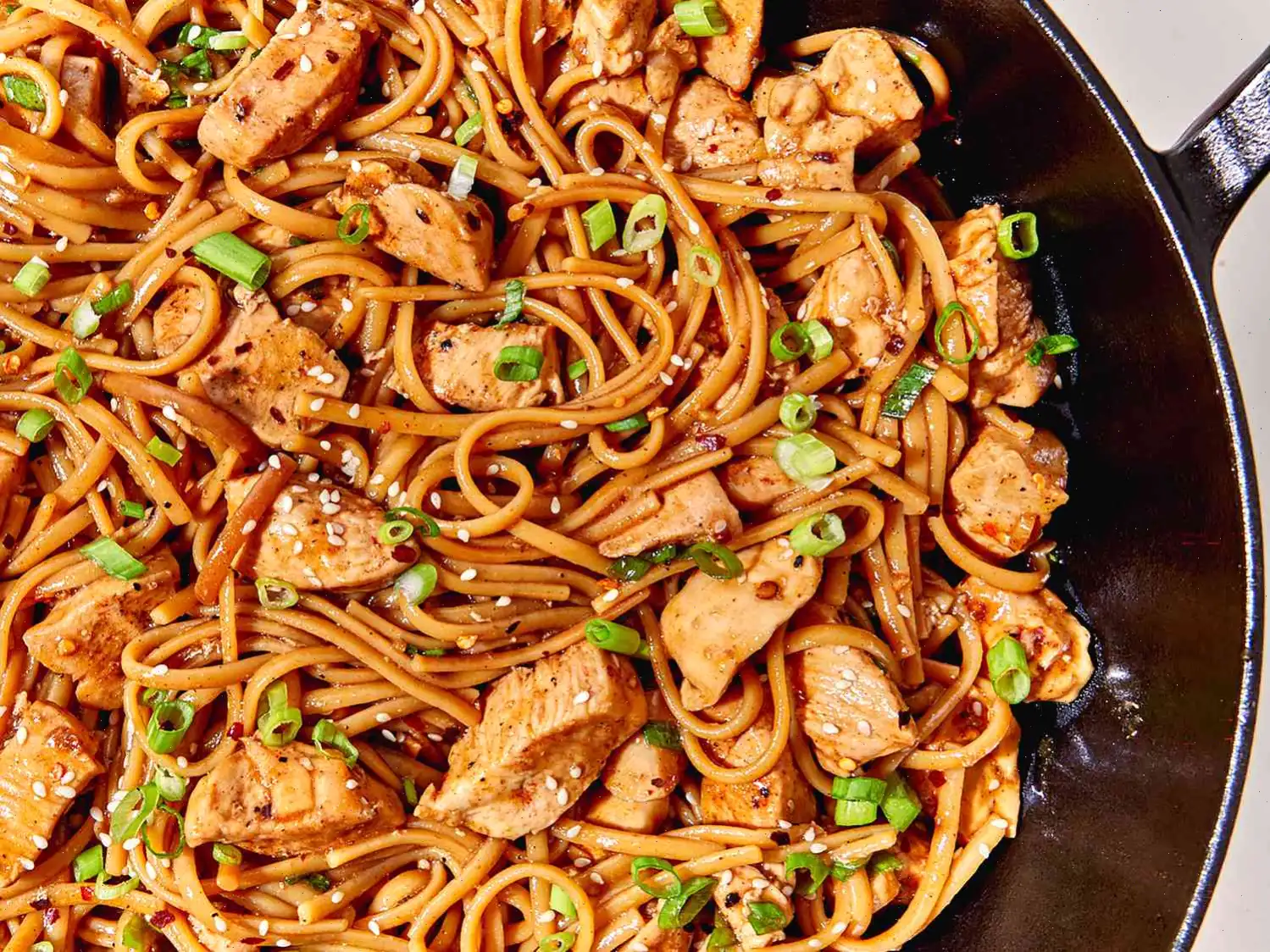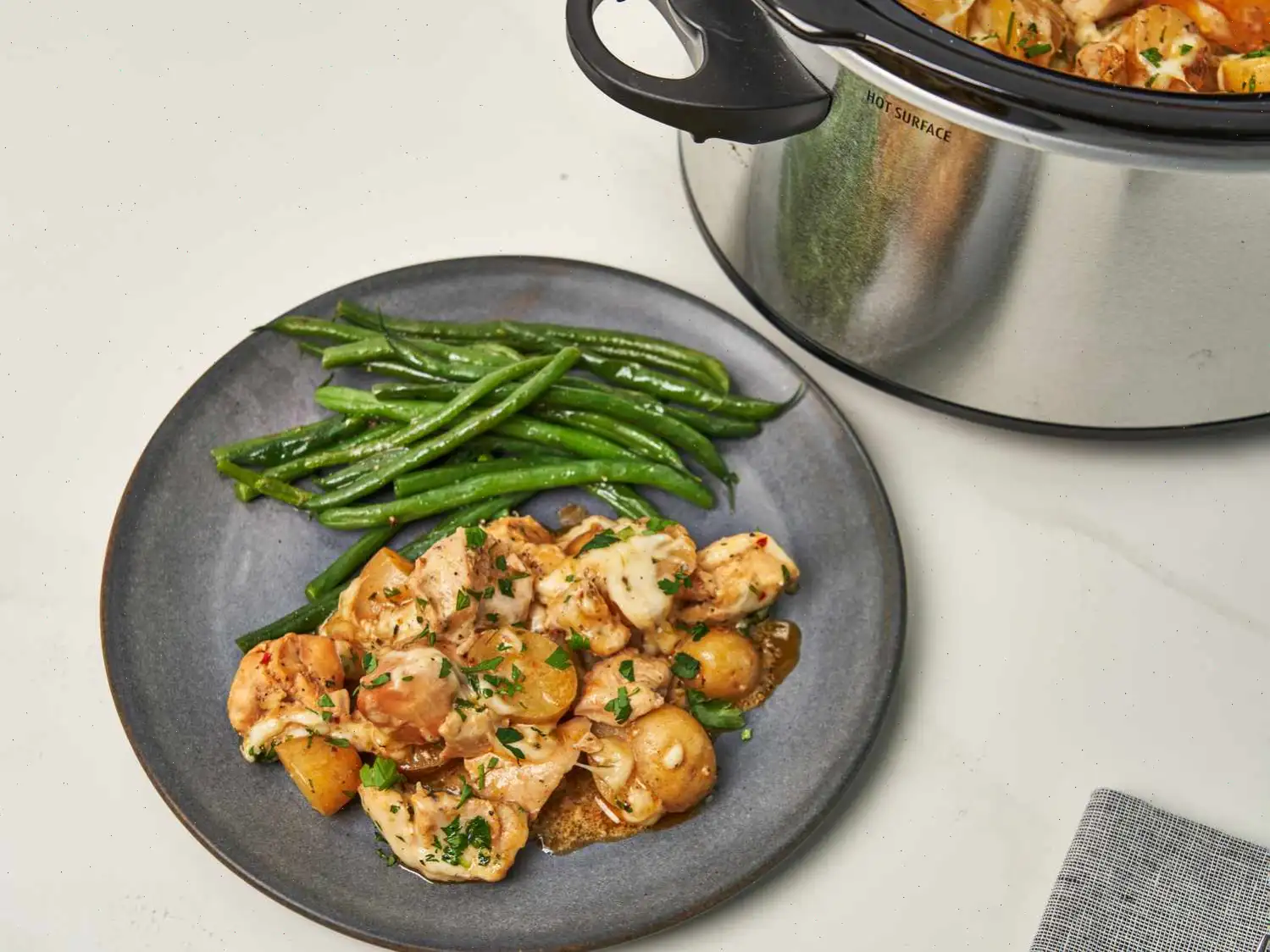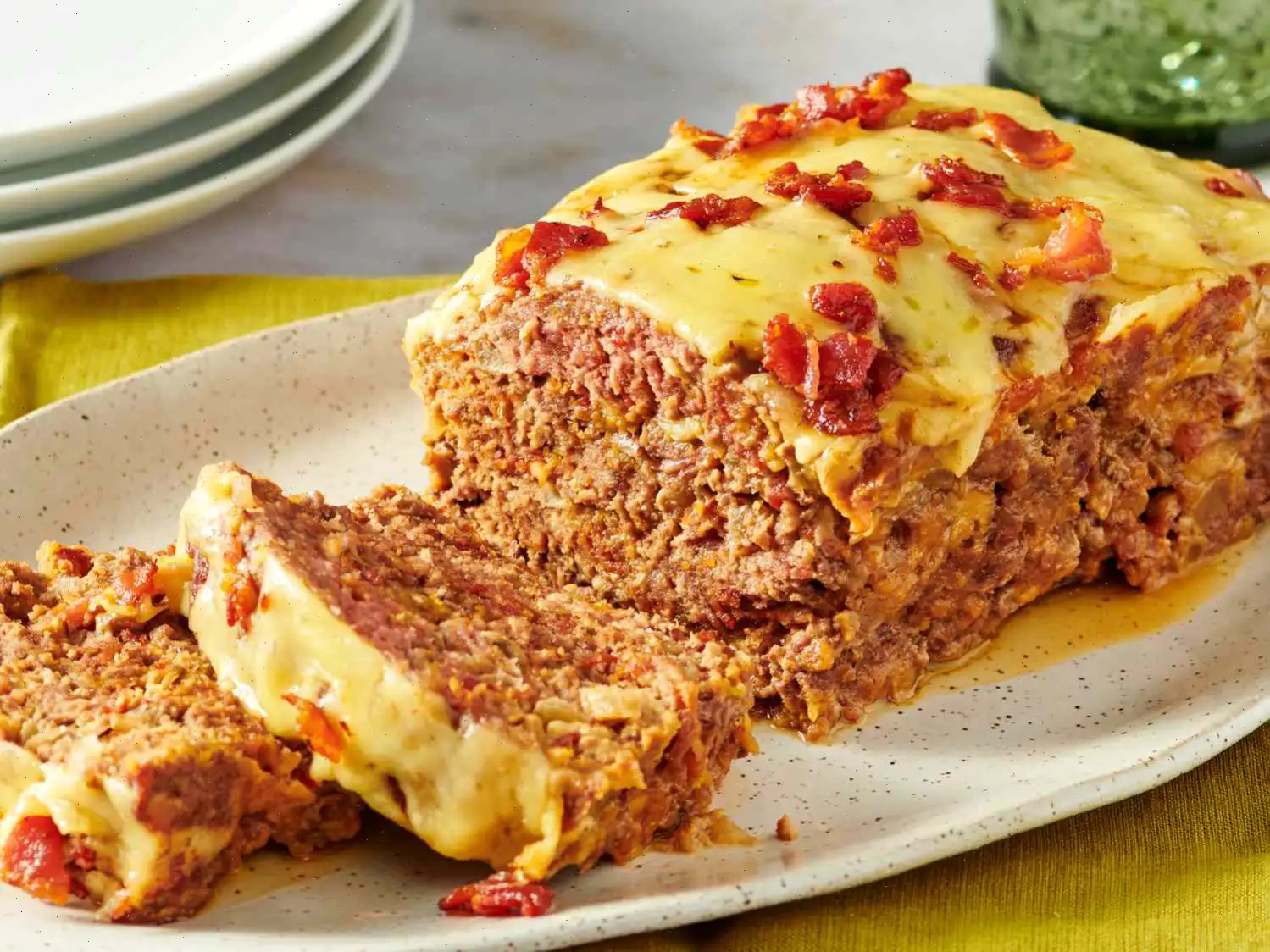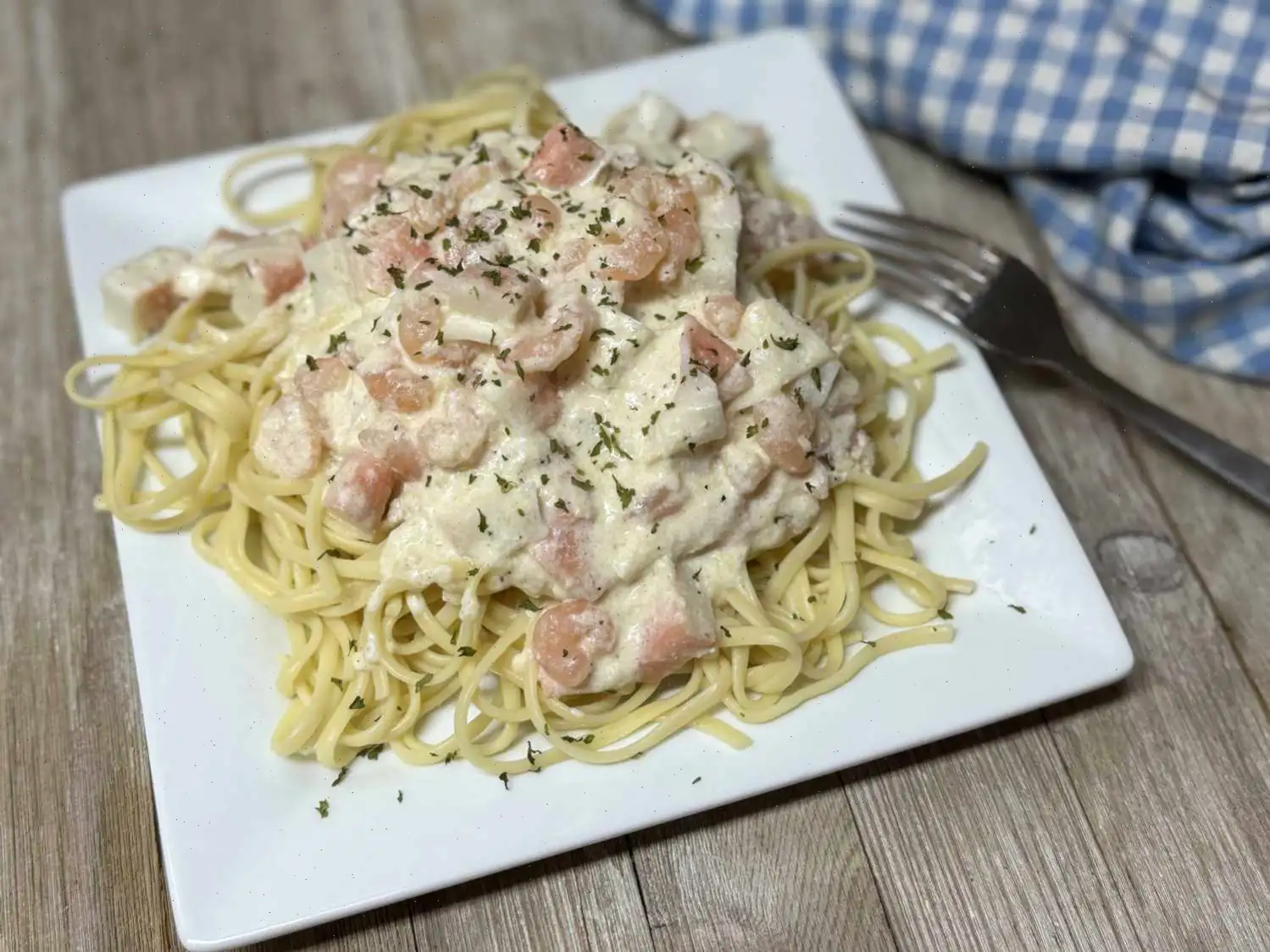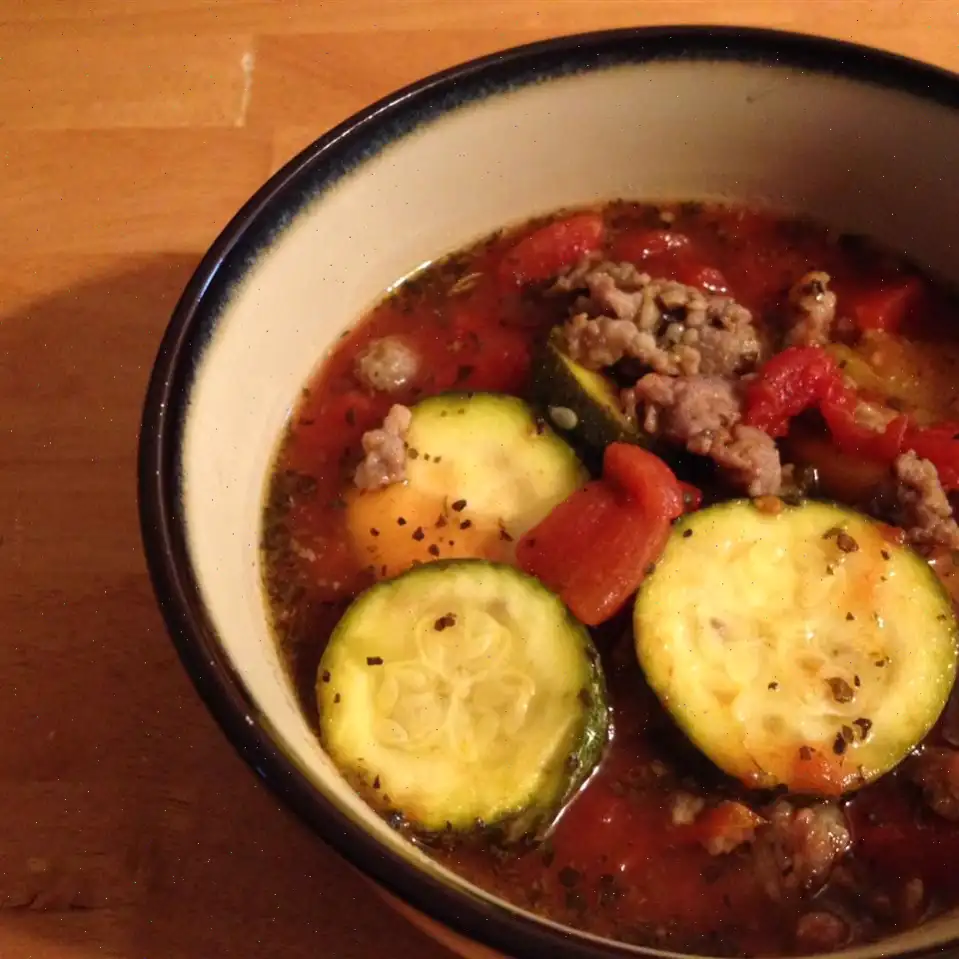
French Onion Hotdogs Recipe
Servings: 6
Ingredients:
- 3 tablespoons canola oil
- 4 yellow onions, thinly sliced
- 2 teaspoons kosher salt
- 1/2 cup beef broth
- 2 tablespoons Worcestershire sauce
- 2 tablespoons sherry vinegar
- 1 tablespoon fresh thyme leaves, finely chopped, plus more for garnish
- 2 teaspoons freshly ground black pepper
- 1 cup mayonnaise
- 3 tablespoons Country Dijon mustard
- 6 Hawaiian or brioche hot dog buns
- 6 cooked beef hotdogs
- 2 1/2 cups freshly shredded Gruyere cheese
Directions:
Step 1: Adjust the oven rack to the upper third position and preheat to broil.
Step 2: In a large skillet, heat the oil over high heat for about 30 seconds, until it starts to shimmer.
Step 3: Add the sliced onions and toss them well to coat with the oil. Let them cook undisturbed for 5-7 minutes until browned on one side and softened.
Step 4: Stir the onions, then cook undisturbed for another 5-7 minutes until the other side is browned.
Step 5: Add the kosher salt and beef broth to the skillet, scraping up any browned bits from the pan. Continue cooking until most of the liquid is absorbed, about 2 minutes.
Step 6: Stir in Worcestershire sauce, sherry vinegar, thyme, and black pepper. Cook for about 1 minute, until fragrant and the onions are fully caramelized. Remove from heat.
Step 7: In a bowl, whisk together the mayonnaise and Dijon mustard until smooth. If desired, transfer the sauce to a squeeze bottle for easy application.
Step 8: Arrange the hot dog buns on a large rimmed baking sheet. Place one cooked hotdog in each bun and drizzle with the prepared Dijonnaise sauce.
Step 9: Top each hotdog with about 1/3 cup of the caramelized onions, then sprinkle generously with shredded Gruyere cheese.
Step 10: Broil the assembled hotdogs in the preheated oven for about 2 minutes, or until the cheese is melted and golden brown.
Step 11: Garnish with extra fresh thyme leaves and serve immediately.
Nutrition Facts (per serving):
- Calories: 897
- Total Fat: 70g (90% Daily Value)
- Saturated Fat: 22g (110% Daily Value)
- Cholesterol: 118mg (39% Daily Value)
- Sodium: 2074mg (90% Daily Value)
- Total Carbohydrate: 38g (14% Daily Value)
- Dietary Fiber: 3g (9% Daily Value)
- Total Sugars: 9g
- Protein: 28g (56% Daily Value)
- Vitamin C: 5mg (6% Daily Value)
- Calcium: 597mg (46% Daily Value)
- Iron: 3mg (19% Daily Value)
- Potassium: 443mg (9% Daily Value)

The History of French Onion Hotdogs
The French Onion Hotdog is a creative fusion of two culinary traditions: the classic American hotdog and the sophisticated flavors of French onion soup. Its origins trace back to inventive home cooks and food enthusiasts in the United States during the late 20th century, who sought to elevate the humble hotdog by incorporating caramelized onions, Gruyre cheese, and a Dijon-based sauce. This dish reflects the broader trend of gourmetizing street food, blending comfort food with refined European elements.
Regional Characteristics
While the French Onion Hotdog can be found in many regions, it is particularly popular in urban areas with a vibrant food scene, such as New York, Chicago, and San Francisco. Local variations often depend on the type of onions, cheese, and mustard used. For instance, in the Midwest, beef hotdogs and sweeter yellow onions are favored, while on the West Coast, artisan brioche buns and aged Gruyre are common. This flexibility allows each region to put its unique spin on the dish while maintaining the classic French onion flavor profile.
What Sets It Apart from Similar Dishes
Unlike a traditional hotdog, which might feature ketchup, mustard, or sauerkraut, the French Onion Hotdog emphasizes the rich, caramelized flavor of onions and the nutty, melted Gruyre cheese. Compared to a French onion soup, it simplifies the presentation, making it handheld and suitable for casual dining while retaining the essence of the soup's ingredients. The inclusion of a Dijonnaise saucea blend of Dijon mustard and mayonnaisefurther distinguishes it from other hotdog variants, offering a creamy, tangy element that complements the savory toppings.
Typical Serving Occasions
French Onion Hotdogs are commonly served at gourmet food trucks, casual bistros, and home gatherings. They are particularly popular at summer cookouts and urban street food festivals, where chefs showcase inventive takes on traditional American dishes. The combination of caramelized onions and melted Gruyre makes them an attractive option for lunch, dinner, or even as a hearty snack during sporting events.
Interesting Facts
- The dish merges two culinary heritages: American fast food and French classic cuisine.
- Caramelizing the onions slowly brings out their natural sweetness, balancing the savory flavor of the hotdog.
- The choice of Gruyre cheese is intentional, as it melts beautifully and adds a subtle nutty flavor that enhances the overall dish.
- Some chefs experiment with toppings like crispy shallots or a drizzle of sherry reduction to mimic traditional French onion soup even more closely.
- Despite its gourmet flair, the French Onion Hotdog remains approachable and quick to prepare, making it a favorite among home cooks seeking elevated comfort food.
You can listen to this recipe in AI audio format. Simply click the play button below to listen to the content in a format that suits you best. It’s a great way to absorb information on the go!



